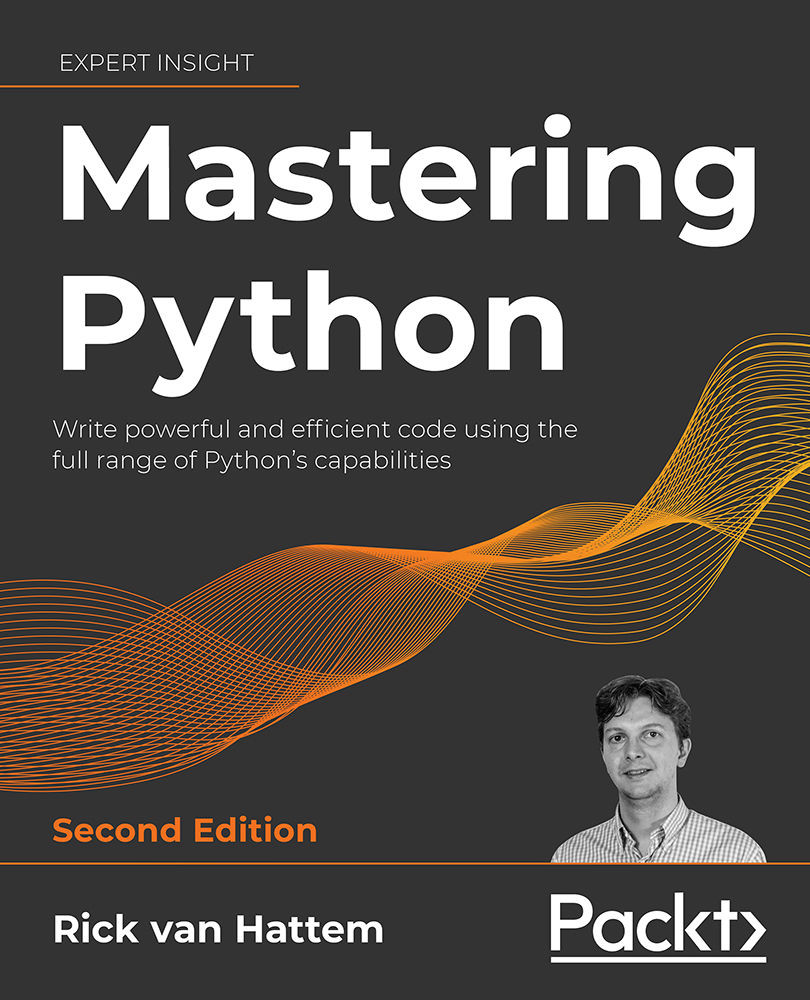Much can be said about performance optimization, but truthfully, if you have read the entire book up to this point, you know most of the Python-specific techniques for writing fast code. The most important factor in overall application performance will always be the choice of algorithms and, by extension, the data structures. Searching for an item within a list (O(n)) is almost always a worse idea than searching for an item in a dict or set (O(1)), as we have seen in Chapter 4.
Naturally, there are more factors and tricks that can help make your application faster. The extremely abbreviated version of all performance tips is quite simple, however: do as little as possible. No matter how fast you make your calculations and operations, doing nothing at all will always be faster. The following sections cover some of the most common performance bottlenecks in Python and test a few common assumptions about performance, such as the performance of try/except...



 Free Chapter
Free Chapter
